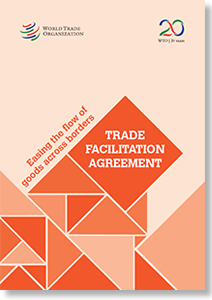Trade Facilitation Agreement
The Trade Facilitation Agreement will be of benefit to all members of the WTO because the costs of implementing the Agreement are likely to be far less than the expected benefits from improving the flow of goods across borders.
The Trade Facilitation Agreement is the first multilateral trade agreement to be concluded since the WTO was established 20 years ago.
Once it enters into force, the Agreement is expected to reduce total trade costs by more than 14 per cent for low-income countries and more than 13 per cent for upper middle-income countries by streamlining the flow of trade across borders.
Under current border procedures, the average transaction can involve numerous steps (see chart 1 below).
The Trade Facilitation Agreement (TFA) sets forth a series of measures for expeditiously moving goods across borders inspired by the best practices from around the world.
The Agreement is ground-breaking in that, for the first time in WTO history, the commitments of developing and least-developed countries are linked to their capacity to implement the TFA.
In addition, the Agreement states that assistance and support should be provided to help countries achieve that capacity.
Chart 1: Current Customs Procedures
Customs transactions vary widely from country to country. In 2014, these transactions involved:
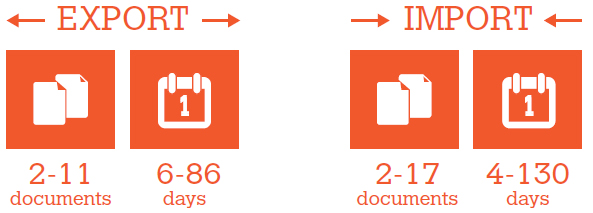
Source: World Bank “Doing Business” project, 2015.
Conclusion
The Trade Facilitation Agreement will be of benefit to all members of the WTO because the costs of implementing the Agreement are likely to be far less than the expected benefits from improving the flow of goods across borders.
The TFA is expected to reduce total trade costs by more than 14 per cent for low-income countries, more than 15 per cent for lower middle-income countries and more than 13 per cent for upper middle-income countries.
What’s Related

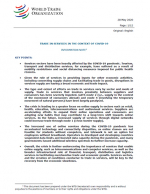
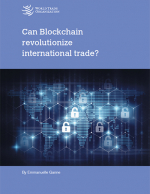
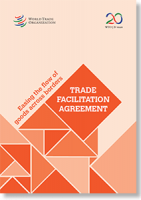
Favorites





